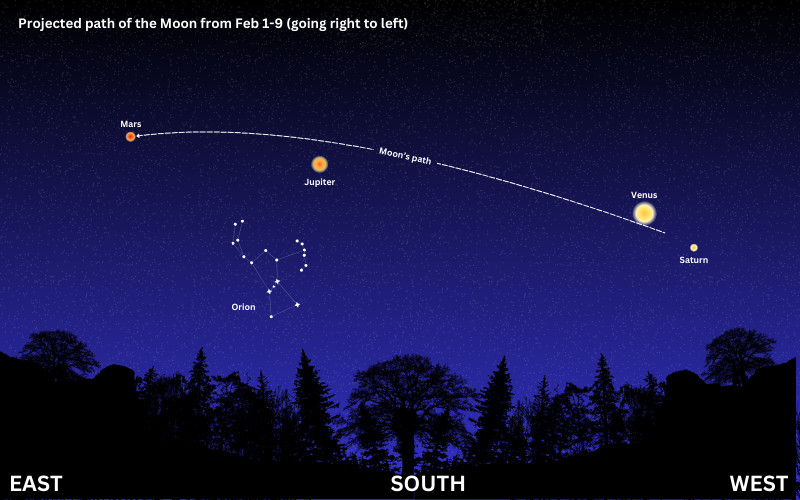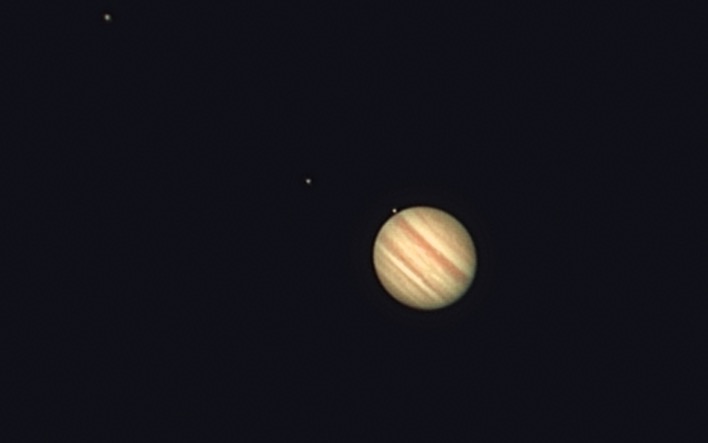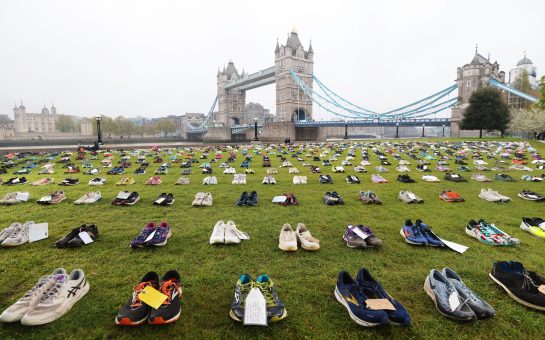This year’s National Astronomy Week (NAW) will celebrate the best planet parade in 40 years across the first week of February.
There will be over 250 events held around the country with planetarium shows, talks and stargazing sessions that cater to everyone from 1-9 February, including special events at the Royal Observatory in Greenwich.
The weeks are hosted during notable astronomic events, with the most recent Mars-themed one held in 2020 and the first one held all the way back in 1981.
NAW Chair Robin Scagell said: “Many astronomers say that their interest began with their first glimpse of a planet through a telescope and the realisation that these are not just pictures in books but you can actually see them, even from city skies.
“I’ve been involved with every National Astronomy Week since the beginning, and it’s very rewarding to find that something you’ve been involved with has been taken up by people all over the country.
“I’m sure that in the future there will be professional astronomers who were inspired to take up the subject and maybe even make amazing discoveries about the Universe as a result of something that our small team have achieved.”
There have been eight weeks so far, run across the country primarily by volunteers but supported by organisations like the British Astronomical Association and the Royal Astronomical Society.
The past events celebrated events like the 1986 appearance of Halley’s Comet, which garnered national attention and a concert at Wembley, and the first week which marked the 200th anniversary of the discovery of Uranus.
This year, the focus is on the planet parade, which offers the opportunity for a rare look at some of the brightest planets in the same sky without a telescope.

Venus, Mars, Jupiter, and Saturn will sit along an ecliptic arc and the timing means moonlight will be at a minimum for maximum planet visibility, a sight which will not be seen again until 2028.
Recommendations for the best sights will be about an hour after sunset, looking southwest for Venus first as it is brightest and then Saturn right below.
Jupiter sits above the Orion constellation, and by following the arc to the east, you should see Mars’s red glow.
If you have a telescope or can make it to one of the public observation sessions around the country, you will also be able to spot Neptune and Uranus as well.
With these events, NAW hopes to increase interest in astronomy as a potential hobby and even career for young people and children who are drawn to the sky during public stargazing sessions.
Scagell said: “Mars has always excited people’s imaginations and right now it is spectacular even without a telescope, shining with a strong reddish colour.
“The recent ones where we’ve tied them in with the appearance of the planets are the ones that get people really out there looking up at the sky.
“Also, at this time of year, it gets dark early so children can go to stargazing sessions well before bedtime!”
For Londoners, the Royal Observatory is hosting the NAW’s special planetarium show Chasing the Moon on 1, 2, 8, and 9 February, and the Royal Institution in Mayfair is hosting two talks on killing asteroids and planetary defences.
Public stargazing sessions with local astronomy groups are also available throughout the week, and further events and details can be seen here on NAW’s map.





